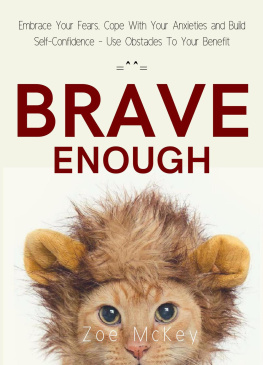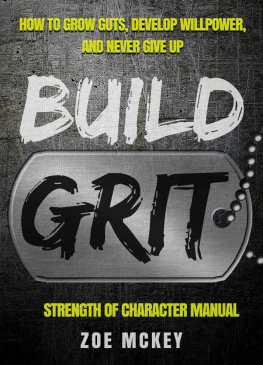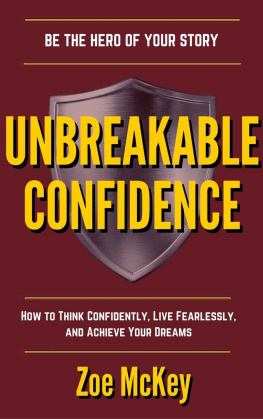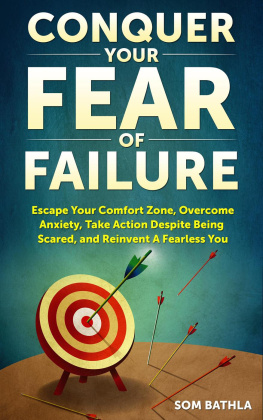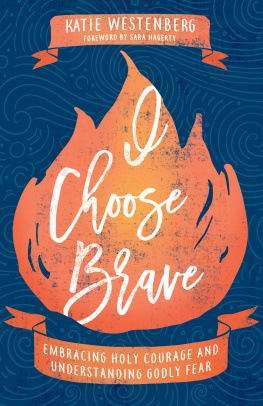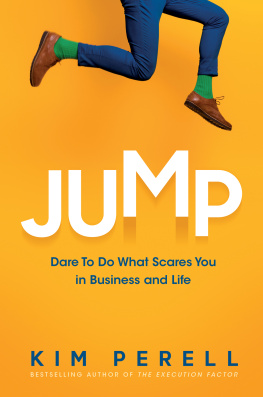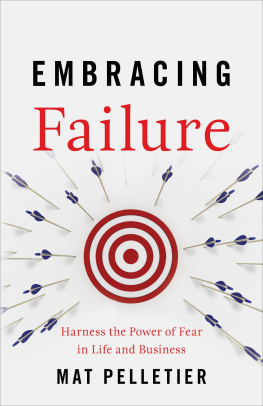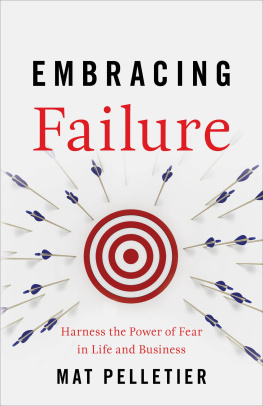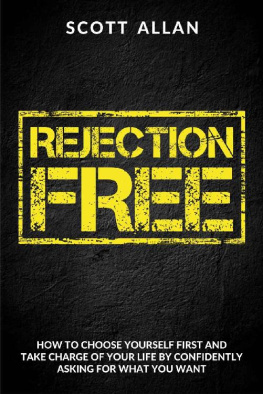Brave Enough
Embrace Your Fears, Cope With Your Anxieties and Build Self-Confidence
Use Obstacles To Your Benefit
By Zoe McKey
Communication Coach and Social Development Trainer
www.zoemckey.com
Copyright 2018 by Zoe McKey. All rights reserved.
Illustrations by Mixed Media Artist, Karen Dawn
No part of this publication may be reproduced, stored in a retrieval system, or transmitted in any form or by any means, electronic, mechanical, photocopying, recording, scanning or otherwise, except as permitted under Section 107 or 108 of the 1976 United States Copyright Act, without the prior written permission of the author.
Limit of Liability/ Disclaimer of Warranty: The author makes no representations or warranties with respect to the accuracy or completeness of the contents of this work and specifically disclaims all warranties, including without limitation warranties of fitness for a particular purpose. No warranty may be created or extended by sales or promotional materials. The advice and recipes contained herein may not be suitable for everyone. This work is sold with the understanding that the author is not engaged in rendering medical, legal or other professional advice or services. If professional assistance is required, the services of a competent professional person should be sought. The author shall not be liable for damages arising herefrom. The fact that an individual, organization of website is referred to in this work as a citation and/or potential source of further information does not mean that the author endorses the information the individual, organization to website may provide or recommendations they/it may make. Further, readers should be aware that Internet websites listed in this work might have changed or disappeared between when this work was written and when it is read.
For general information on the products and services or to obtain technical support, please contact the author.
Table of Contents
I MAGINE THE FOLLOWING two scenarios.
Scenario one. The meeting ended later than expected. It is cold and dark outside. A storm is gathering in the distance and you can already see winds and lightning. You shiver, tighten your jackets collar, and start walking home. It is silence and your footsteps are echoing as you walk. Your mind starts spinning wildly about why are so few people on the street. You know that this area is not particularly safe. Your father used to say that if someone is out on the street on a night like this, they are probably up to no good. You quicken your pace when a shadow suddenly moves into your peripheral view. Despite your best instincts, you freeze and you can feel sweat drip down your face.
Scenario two. Your husband just found some incriminating pictures on your computer of another man. Right now he is questioning you about it. You know what you did was wrong, and there is no right answer to fix this situation. The questions are so paralyzing mentally that you cant even follow what you say. You just talk. You lie. The pictures belong to your friend. You just saved them. You know that it sounds incredibly stupid but you were so unprepared to have this conversation that your brain just ran away, leaving you in this mess. Your husband becomes angrier and youre even more lost. Your stomach is squeezed to the size of a peanut, and your heart beats so violently you fear it will stop any moment. You feel dizzy and nauseous.
These two scenarios are fairly different but they have something in common. Fear . It is a safe bet that you have felt both of these kinds of fears at least once in your life. The difference between them is that the first scenario is mostly self-triggered fear based on imagined danger, while the second is legitimate fear based on real events. We experience both kinds of fear on a daily basis; not stepping in front of a speeding car is driven by legitimate fear, while fearing that someone deliberately will drive on the pedestrian walk just to kill you is imagined fear.
We encounter so many fears in our lives: fear of heights, wide spaces, narrow spaces, spiders, snakes, water, fire, flying, and going underground. These types of fear are hardcoded in our genes. For millions of years, these fears were legitimate, and our very survival depended on our hyperactive sense of fear. They knew if they fell off a high cliff, they die. If they get bitten by a spider or snake, they die. These factors directly threatened human survival.
Humans developed other type of fears, too: fear of loss, being alone, dying, conflict, and rejection. These fears, while they dont seem to pose an imminent danger to survival, could indirectly lead to it. If someone lost family members, was alone, got into a conflict, was rejected or expelled from a community, their survival chances dropped significantly from being alone.
Today, fear is depicted as something bad in most self-help literature. Its seen as something one should get rid of, defeat, or try to escape from. However, fear is not less natural or necessary as other emotions like love. Fear is an essential response to physical and emotional danger.
Without fear we couldn't protect ourselves from real threats. But times have changed. On one hand, most of the threats that were legitimate before are no longer. On the other hand, there are instances where imagined fears cause us to miss opportunities that are right in front of us.
There are some fears that we learn during in our lifetime. These are usually connected to a trauma or bad experiences. Whenever we experience anything resembling our past traumas, our brain can trigger a fear response within us that is hard to tranquilize.
How does fear work biologically? Fear is created by our brain. It is a chain reaction which begins with a stressor and concludes with the release of chemicals. These chemicals are responsible for a racing heart, energized muscles, and faster breathing. We call this the fight-or-flight response.
The stressor can be anything from a stick that looks like a snake, hearing a gunshot, imagining your audience before a speech, or the shadows of tree branches blowing in the wind.
The brain is composed of more than 100 billion nerve cells. These create a complex network of communications that is the ground zero of everything we think, feel, and do. There are communications that lead to conscious thoughts, and there are communications that create autonomic responses. Fear as a response is almost always autonomic. It is not our conscious decision to become fearful, and by the time we acknowledge consciously whats going on, fear has invaded us. Our brain cells are working without stopping; sending and receiving information, there are many parts of the brain that are involved in generating fear as a response. The main parts of the brain involved in this process are:
Next page
